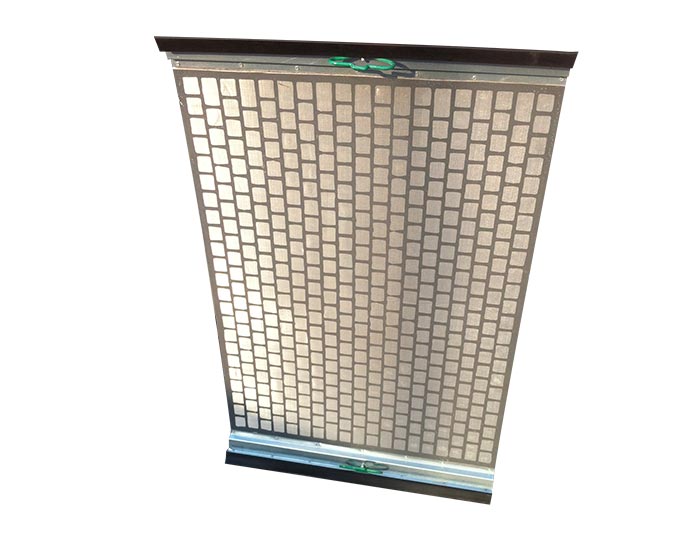Understanding Mud Settling Tanks Functionality and Importance
Mud settling tanks, often referred to as sedimentation tanks or sludge settling tanks, play a crucial role in various industrial and wastewater treatment processes. These tanks are designed to separate solids from liquids, utilizing the force of gravity to facilitate the settling of suspended particles. This article explores the functionality, design considerations, and significance of mud settling tanks in maintaining environmental sustainability.
At the core of a mud settling tank\'s function is the principle of sedimentation. When a mixture of water and suspended solids is introduced into the tank, the heavier particles gradually settle to the bottom due to gravitational forces. This settling process allows for the clarification of the supernatant liquid, which can be further treated or discharged. Typically, the settled solids, often referred to as sludge, accumulate at the tank\'s bottom and require periodic removal for proper management.
The design of a mud settling tank is integral to its efficiency. Several factors influence the design parameters, including the types of solids present, the characteristics of the wastewater, flow rates, and the desired retention time. Common designs include rectangular and circular tanks, with variations tailored to specific processing needs. The tank\'s surface area, depth, and inlet/outlet arrangements are meticulously calculated to optimize settling performance and minimize turbulence, which can hinder the sedimentation process.
One of the primary advantages of employing mud settling tanks is their ability to significantly reduce the load on downstream treatment processes, such as filtration and biological treatment
. By removing a substantial amount of solids upfront, these tanks enhance the overall efficiency of wastewater treatment plants. Moreover, they help in reclaiming valuable resources; settled solids can be treated and dewatered, allowing for potential reuse in applications like land reclamation or as soil amendments.
mud settling tank
Environmental sustainability is another critical aspect of mud settling tanks. Effective management of wastewater is increasingly vital in our efforts to protect natural water bodies from pollution. By ensuring that maximum solids are removed before water is discharged, these tanks help in mitigating the impact on ecosystems. Properly treated effluents contribute to improved water quality, supporting aquatic life and ensuring compliance with environmental regulations.
In various industries, including mining, oil and gas, and food processing, mud settling tanks are invaluable. In mining operations, they manage effluents laden with fine particles, reducing the impact on surrounding habitats. In oil and gas industries, they separate suspended solids from drilling muds, ensuring safe disposal and compliance with environmental standards. The food processing sector also utilizes settling tanks to clarify wastewater prior to biological treatment, thus enhancing overall treatment efficacy.
Maintenance of mud settling tanks is equally important. Regular monitoring of sludge levels, retention times, and tank integrity is essential to ensure optimal performance. Accumulated sludge must be removed periodically to prevent issues like reduced settling efficiency and potential odors. Effective operational management ensures that these tanks continue to serve their purpose without becoming sources of environmental concern.
In conclusion, mud settling tanks are fundamental components of many industrial processes and wastewater management systems. Their ability to effectively separate solids from liquids significantly enhances operational efficiency and compliance with environmental standards. As industries strive for sustainability, the role of mud settling tanks in promoting responsible waste management and resource reclamation will undoubtedly continue to gain prominence.
 Linear Motion Shale Shaker In Drilling Rig
Linear Motion Shale Shaker In Drilling Rig  Oilfield Mud Cleaner
Oilfield Mud Cleaner  Drilling Fluid Decanter Centrifuge
Drilling Fluid Decanter Centrifuge  Drilling Mud Desander
Drilling Mud Desander  Hydrocyclone Desilter
Hydrocyclone Desilter  Centrifugal Pump/Centrifugal Mud Pump
Centrifugal Pump/Centrifugal Mud Pump  Shear Pump
Shear Pump  Jet Mud Mixer
Jet Mud Mixer  Horizontal Mud Agitator
Horizontal Mud Agitator  Constant Pressure Drilling Fluid Mud Gas Separator
Constant Pressure Drilling Fluid Mud Gas Separator  Mud Gun
Mud Gun  Mud Tank
Mud Tank  Solids Control System Vacuum Degasser
Solids Control System Vacuum Degasser  Flare Ignition Device
Flare Ignition Device  Diesel Tank
Diesel Tank  Submersible Slurry Pump
Submersible Slurry Pump 






































